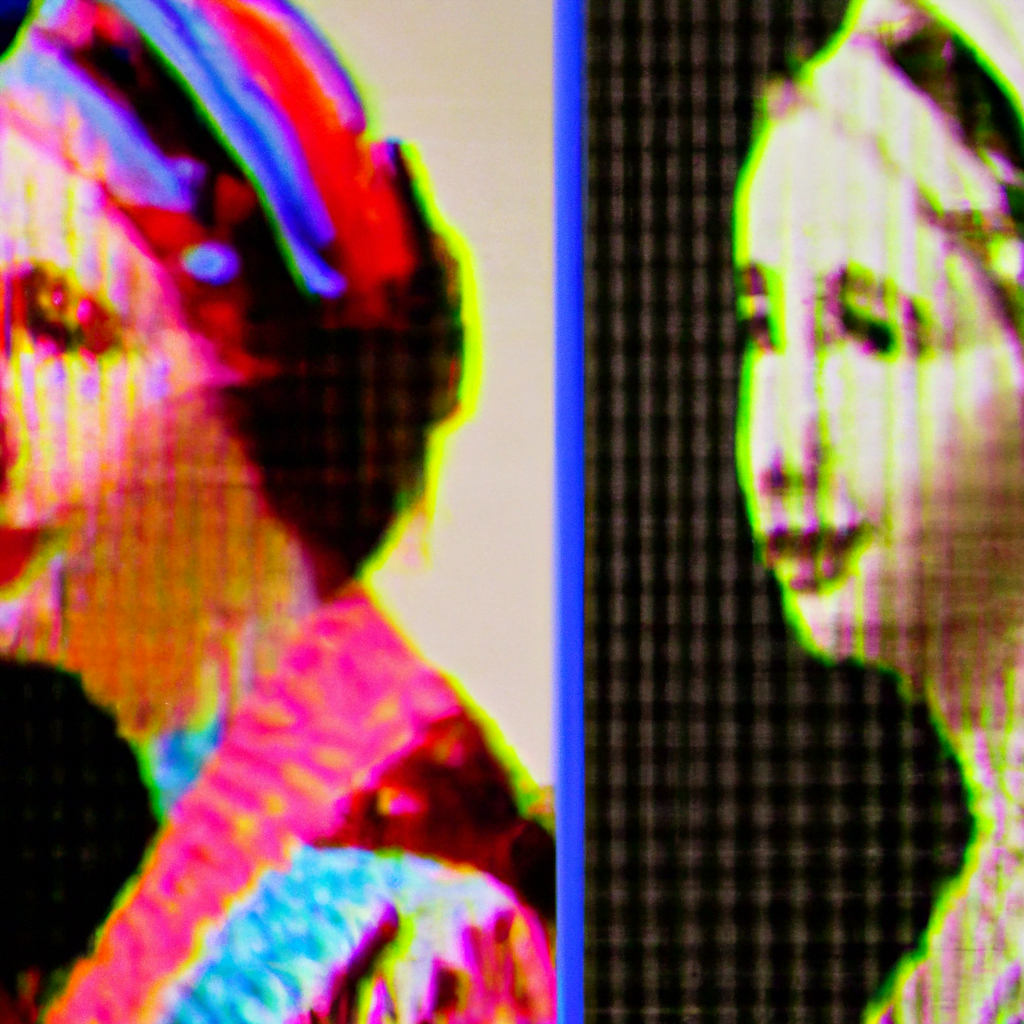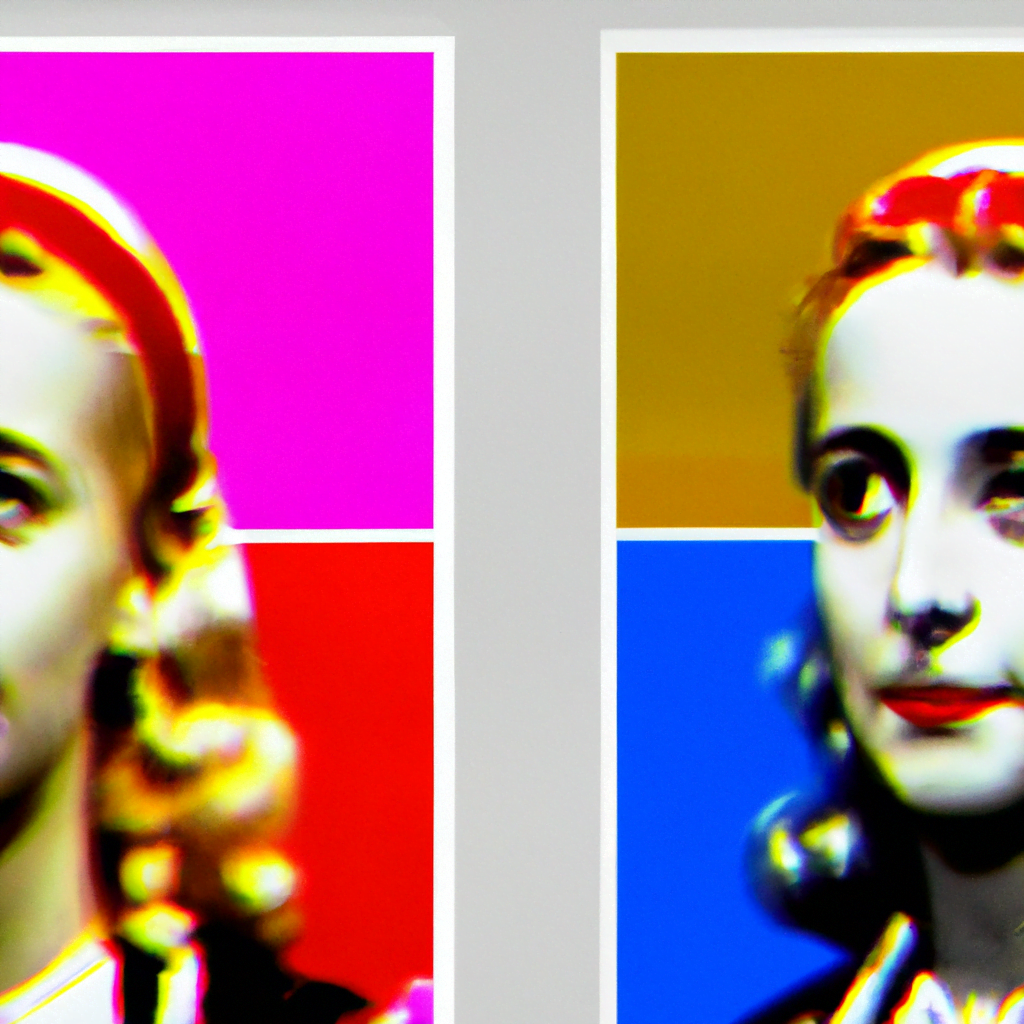
AI-Powered Design Copyright and Plagiarism Detection

In today’s digital age, where information is easily accessible and creativity is abundant, protecting intellectual property has become a significant concern. Designers, artists, and content creators invest their time and effort into producing unique and original work, only to find it copied or plagiarized by others. This not only undermines their creativity but also poses a threat to their livelihoods.
The Rise of AI in Design
Artificial Intelligence (AI) has revolutionized various industries, and the design field is no exception. AI-powered tools and algorithms have made it easier for designers to create, modify, and enhance their work. These tools can generate designs, suggest improvements, and even automate repetitive tasks. However, with the rise of AI in design, the risk of copyright infringement and plagiarism has also increased.
The Need for AI-Powered Design Copyright and Plagiarism Detection
Traditional methods of detecting design plagiarism often rely on manual inspection and comparison, which can be time-consuming and subjective. With the vast amount of digital content being created and shared every day, it is nearly impossible for humans alone to identify instances of plagiarism accurately. This is where AI-powered design copyright and plagiarism detection tools come into play.
1. Efficient and Accurate Detection
AI-powered tools can analyze vast amounts of design data and compare it against existing designs to identify similarities and potential instances of plagiarism. These tools use advanced algorithms and machine learning techniques to detect even subtle similarities that may go unnoticed by human eyes. By automating the detection process, AI can significantly reduce the time and effort required to identify plagiarized designs.
2. Protecting Intellectual Property
AI-powered design copyright and plagiarism detection tools help protect the intellectual property of designers and content creators. By identifying instances of plagiarism, these tools enable designers to take appropriate legal action against those who infringe upon their work. This not only discourages plagiarism but also ensures that designers receive the recognition and compensation they deserve for their original creations.
3. Enhancing Collaboration and Inspiration
While the primary purpose of AI-powered design copyright and plagiarism detection is to prevent plagiarism, these tools can also foster collaboration and inspiration within the design community. By providing designers with insights into existing designs and trends, AI can help them create innovative and unique work. Designers can draw inspiration from existing designs while ensuring that their creations are original and distinct.
Real-World Examples
Several companies and organizations have developed AI-powered design copyright and plagiarism detection tools to address the growing concern of design plagiarism. One such example is the company PlagiarismChecker.com, which uses AI algorithms to compare design elements and identify instances of plagiarism. Another example is Pixsy, a platform that uses AI to detect and monitor unauthorized use of images and designs across the internet.
Case Studies
Case studies provide valuable insights into the effectiveness of AI-powered design copyright and plagiarism detection tools. One notable case is the lawsuit between Apple and Samsung over design similarities in their smartphones. Apple accused Samsung of copying the design of its iPhone, leading to a lengthy legal battle. AI-powered design detection tools could have potentially identified the similarities between the designs at an early stage, potentially avoiding the legal dispute.
The Future of AI-Powered Design Copyright and Plagiarism Detection
As AI continues to advance, the future of design copyright and plagiarism detection looks promising. Here are some potential developments:
- Improved Accuracy: AI algorithms will become even more sophisticated, allowing for more accurate detection of design plagiarism.
- Real-Time Monitoring: AI-powered tools will be able to monitor digital platforms and identify instances of plagiarism in real-time.
- Integration with Design Software: AI-powered detection tools will seamlessly integrate with popular design software, providing designers with instant feedback on the originality of their work.
- Global Collaboration: AI-powered platforms will facilitate collaboration among designers worldwide while ensuring the protection of intellectual property.
Conclusion
AI-powered design copyright and plagiarism detection tools have become essential in today’s digital landscape. These tools not only help protect the intellectual property of designers but also foster collaboration and inspiration within the design community. As AI continues to advance, the future holds even more promising developments in the field of design copyright and plagiarism detection.
